Spring and autumn are said to be the best seasons to visit Japan with many people finding it hard to choose between the two. You can read about autumn in Japan here, while this article focuses on spring in Japan. Spring in Japan is the season when colourful flowers bloom, including cherry blossoms, rape blossoms, and wisteria.
In this article, we introduce spring weather in Japan and recommend flower viewing spots when visiting Japan in spring. We also touch on seasonal spring foods such as strawberries, bamboo shoots, and clams, and end with introducing some spring events.
Table of Contents
- Spring Season in Japan
- Spring Must-Eats
- Japan Spring Flowers and Where to See Them
- Spring Events and Festivals in Japan
- To Close
Spring Season in Japan

In Japan, spring is from March to April. The weather in spring is cool and pleasant. However, it can get cold in the morning and evenings to night, and depending on what area you are in, it can also get hot during the day. Dressing appropriately for the weather is important, but there are also other things to be aware of.
Spring in Japan has Mild Weather which makes for Comfortable Living
Spring in Japan is a time when the weather is nice, refreshing and pleasant. However, March, which is just after winter, can be cold, so be sure to pack a thick long-sleeved jacket or stole, or something even warmer like a winter coat if you are susceptible to cold. In April, there are more warm days, and you can opt for thinner long sleeved jackets or warm cardigans. Come May, there are even more warm days with higher temperatures, with maximum temperatures in Tokyo sometimes exceeding 25°C / 77°F, you can shed the thicker outers for light thin cardigans.
The above is the general weather conditions in Japan during spring. However, since Japan has a long north-south topography, the climate varies greatly depending on the region. For example, Hokkaido and Tohoku region in the north experience cold days even in May, so a long sleeved jacket up till then is necessary. On the other hand, in Okinawa Prefecture far down south, both temperature and humidity rise in May so bring short sleeved tops as well.
Beware Hayfever from Cedar and Cypress Pollen
Spring in Japan comes with an abundance of cedar and cypress pollen flying through the air, causing people to develop symptoms such as sneezing, itchy eyes, and runny noses. If you have a history of hayfever, and come to Japan in spring, it would be a good idea to bring medicines you usually use to control your symptoms. In addition, conditions for high pollen count include “good weather”, “dry”, and “strong winds”. If going out on a day like this, wear glasses and a mask for protection.
Want to know about Japan’s climate and the characteristics of each season other than spring? Read Understanding Japan Climate Zones and Weather.
Writer's Pick
Spring Must-Eats

Autumn in Japan is the season for various types of fruits such as strawberries, cherries, and iyokan, a type of citrus fruit. For people who love strawberries, we recommend strawberry picking, where you can pick your own strawberries at a farm and eat them on the spot. Across Japan, many restaurants and cafes also serve strawberry desserts.
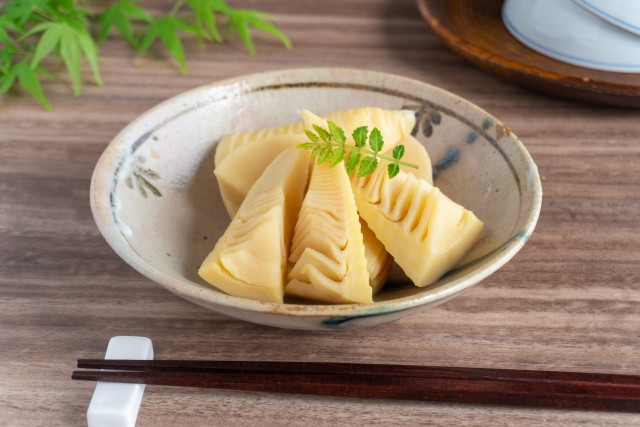
For vegetables, spring is the season for bamboo shoots and rape blossoms; and for seafood, there’s clams and sakura shrimp. These ingredients are used to make dishes such as deep-fried food, sushi, and takikomi-gohan. Bamboo shoot tempura and sakura shrimp kakiage are beautifully crisp in texture. On the other hand, chirashizushi made with rape blossoms and takikomi-gohan with clams and various vegetables look good and are incredibly appetising.
Japan Spring Flowers and Where to See Them

Spring is the season of flowers in Japan with various types of flowers blooming throughout the season. In this part, we will introduce the flowers that are symbols of spring in Japan, and where to see them.
Cherry Blossoms (Sakura) and Hanami
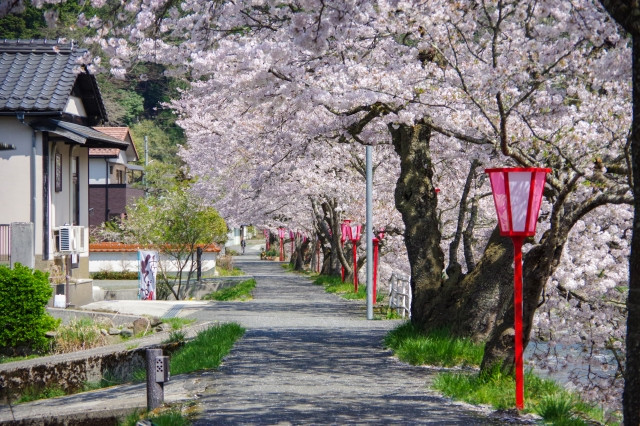
Of course, the first spring flower that comes to mind is surely “Cherry Blossoms” or “sakura (桜)” in Japanese. Japan’s national flower may be the chrysanthemum, but the unofficial national flower in the hearts of Japanese people is the sakura. When spring comes and the cherry blossoms start to bloom, the Japanese hold “hanami (花見)”, where they eat and drink under the cherry blossoms.
Here are 3 famous cherry blossom spots in Tokyo, Kyoto, and Aomori prefectures:
-
Sumida Park (Tokyo): Selected as one of the "Top 100 Cherry Blossom Spots", you can see cherry blossoms and Tokyo Skytree at the same time.
-
Daigoji Temple (Kyoto Prefecture): Famous as a cherry blossom viewing spot since long ago, the temple has many types of cherry blossom trees such as somei yoshino, yae-zakura, shidare-zakura, and yama-zakura.
-
Hirosaki Park (Aomori Prefecture): One of the most beautiful cherry blossom spots in Japan can be found in Hirosaki City. The “hanakaida (花筏)” or flower moat, with cherry blossom petals floating on the water’s surface, is a superb view.
There are many different species of cherry blossoms, you can read about the most common types of sakura to encounter in Japan in How many types of sakura are there? Most Common and Rarely Seen Cherry Blossoms in Japan.
And for other hanami spots in Tokyo, check Tokyo Cherry Blossom Season: The most popular spots to see sakura in Tokyo.
Rape Blossoms (Nanohana), Delicate Small Yellow Flowers
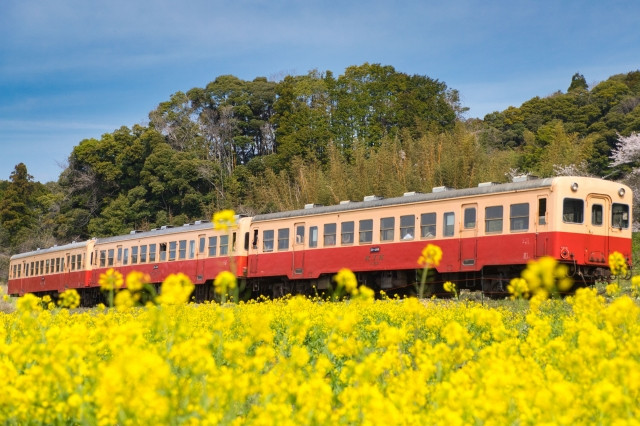
Rape blossoms, or “nanohana (菜の花)" in Japanese, bear smalll yellow flowers in spring. The sight of rape blossoms covering vast areas of land resembles that of a yellow carpet. In the language of flowers (花言葉 hana kotoba), rape blossoms mean “cheerful” or “bright”.
Here are 3 places well-known for their rape blossoms:
-
Mother Farm (Chiba Prefecture): There are 2 key spots on the farm for viewing rape blossoms. The sight of the wide slopes covered in yellow are truly breathtaking!
-
Fukushima Lagoon (Niigata Prefecture): Selected as one of the “100 Nature Sites in Japan to Save for the 21st (21世紀に残したい日本の自然百選)” and “500 Important Wetlands in Japan (日本の重要湿地500)”, where rapeseed flowers bloom and cover over an area of approximately 3 hectares.
-
Nagai Uminote Park Soleil Hill (Kanagawa Prefecture): A birds eye view of the sprawling rape blossom slopes from the top of a ferris wheel. And, if there’s good weather, you can see Mount Fuji beyond the flower fields.
Catching the rape blossoms on a sunny clear day, you can admire the beautiful contrast between the blue sky and the vibrant yellow flowers.
Wisteria (Fuji), Pale Purple Flower Curtain
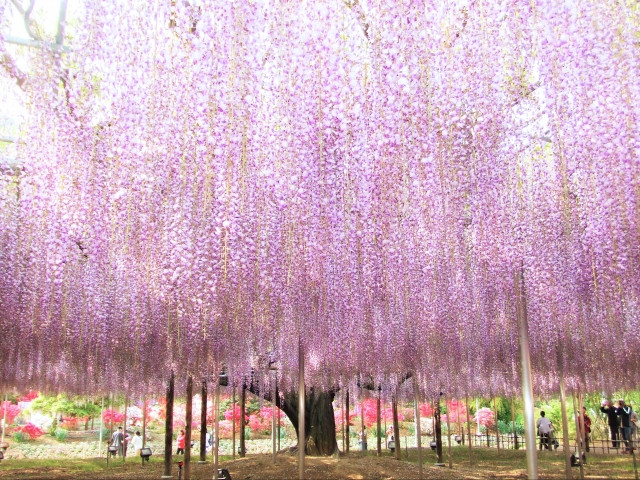
Wisteria, or “fuji (藤)” in Japanese, is a vine plant with purple flowers that bloom around April to May. isteria trellises, made of tall wooden shelves and entwining wisterias, form dream-like purple flower tunnels.
Here are three famous places to see wisteria:
-
Ashikaga Flower Park (Tochigi Prefecture): Selected as one of the “10 Dream Destinations in the World” in 2014, the park has a wide variety of wisteria flowers.
-
Kasuga Taisha Shrine (Nara Prefecture): Home to some 200 wisteria trees of 20 varieties are planted in the shrine’s Man’yo Botanical Garden. There are also rare varieties of pink coloured strong fragrance flowers.
-
Kawachi Wisteria Garden (Fukuoka Prefecture): Has a large wisteria trellis with an area of around 3305 metres square (1000坪), and 110 and 80 m long wisteria tunnels, making for a spectacular sight.
If you are in Japan in April or May, be sure to visit a wisteria spot.
Flowers are the jewels that sprout on Earth. To learn more about the beautiful flowers there are in Japan, have a look at our Beautiful and Unique Japanese Flowers article that introduces flower species unique to Japan and which gardens to visit to see them with your own eyes.
Spring Events and Festivals in Japan
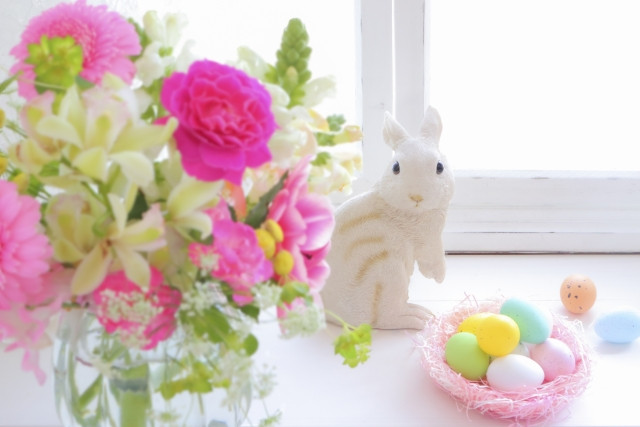
In Japan, spring traditional celebrations include the Peach Festival and Boys’ Day Also, spring is when the new year begins, which is why schools hold graduation and entrance ceremonies during this season.
Peach Festival (Momo no Sekku)
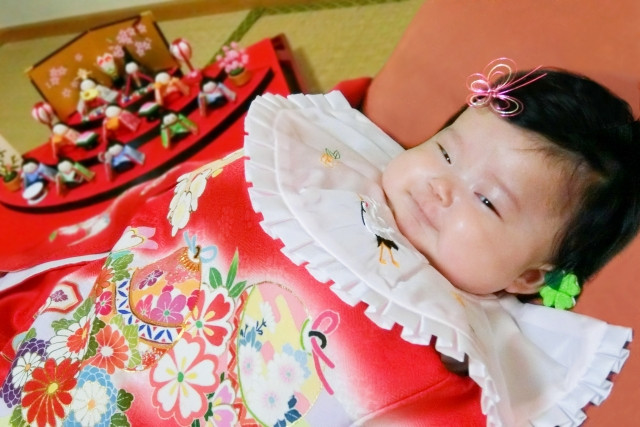
On the third of March, the Peach Festival (桃の節句 momo no sekku) is held to pray for the healthy growth of girls. Also known as Hinamatsuri (ひな祭り), Girls’ Festival or Dolls’ Festival, it has been an annual event in Japan since the Heian period.
During the Peach Festival, Hina dolls are used to recreate wedding scenes and peach blossoms, which bring good luck, are displayed. It is common to celebrate by making colourful chirashizushi and clam soup, which are often harvested in spring.
Boys’ Day (Tango no Sekku)
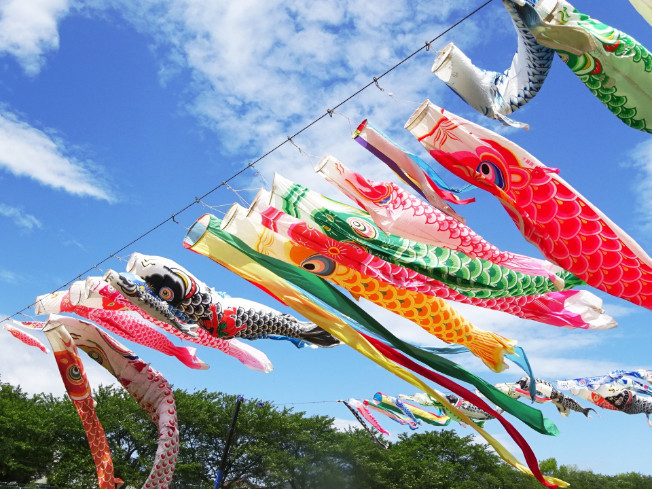
On the fifth of May, the Boys’ Day (端午の節句 tango no sekku), is celebrated to pray for the healthy growth of boys. It is also called “Children’s Day (こどもの日 kodomo no hi)”. Helmets and armour are used as decoration in the hopes that they will protect children from accidents and illnesses. Carp streamers (鯉のぼり koi-nobori) in the shape of a lively carp are also a common decoration.
On Boys’ Day, a feast of kashiwa-mochi and chimaki is prepared, and family and relatives gather to dine. Another common custom is to bathe in iris baths which are believed to ward off illness and misfortune.
Graduation Ceremony and Entrance Ceremony in Schools
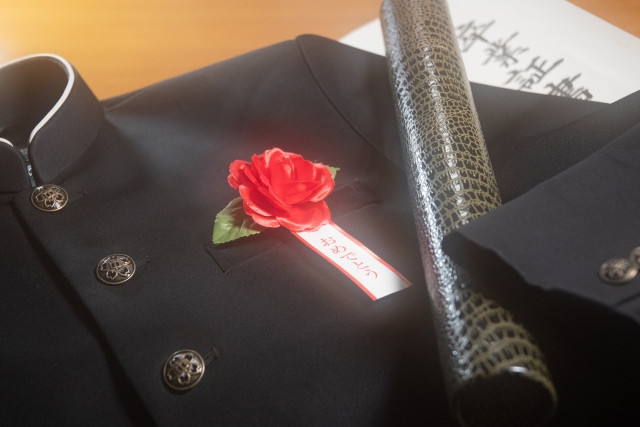
In Japan, spring is the time to move on to higher education with graduation ceremonies taking place in March, and entrance ceremonies in April.
Graduation ceremonies are held to celebrate new beginnings after completing education at an educational institution, such as primary, junior high, high schools, and university. On the other hand, entrance ceremonies are held to grandly welcome and celebrate the entry of new students. The dress code for both ceremonies is formal wear, and families are usually present.
Golden Week

In Japan, Golden Week consists of 4 national holidays that are observed in one week: Showa Day (April 29), Constitution Memorial Day (May 3), Greenery Day (May 4), and the abovementioned Childrens’/Boys’ Day (May 5).
Read more about Golden Week and the significance of each celebration in Golden Week, Saving Grace for Japan’s Working Class.
To Close
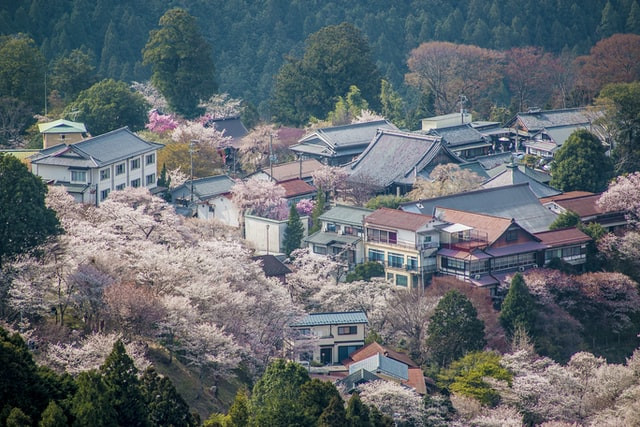
Spring is the season of new beginnings. In Japan, spring is marked by pleasant weather and is great for travelling. From enjoying spring flowers, to feasting on seasonal spring food, there are many things to enjoy during spring in Japan. We recommend visiting Japan at least once during spring, and especially during the cherry blossom season to admire the beautiful flowers and to witness the true meaning of fleeting beauty.









.jpg)


.jpg)






 (2).png)














